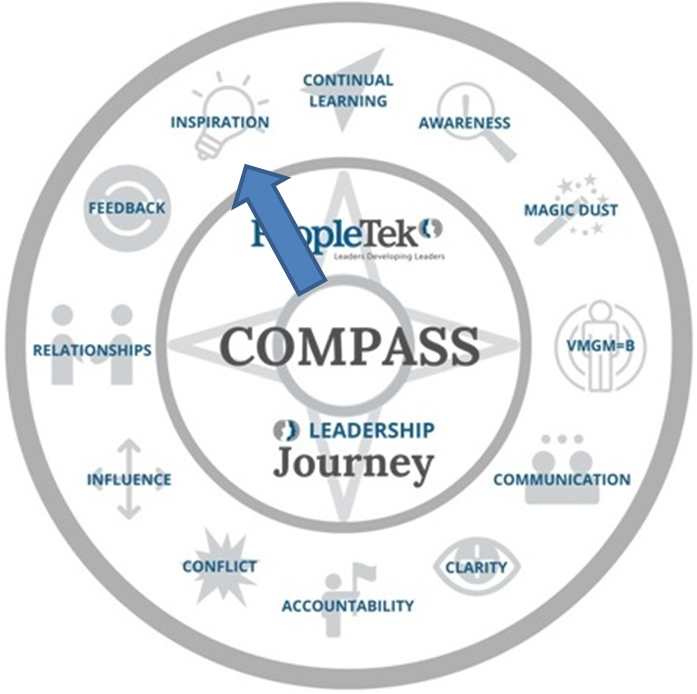With a fixed mindset, you believe you are who you are and you cannot change. This creates problems when you’re challenged because anything that appears to be more than you can handle is bound to make you feel hopeless and overwhelmed.–Travis Bradberry
We continue to live and lead in uncertain times, and often hear discussions about what the “new normal” will be. A great question but one with no clear answer.
Given the high levels of uncertainty, a “mindset reset” may be in order. Many of us are suffering from decreased energy levels, and quite honestly are floundering.
So as leaders, what can we do? Start by increasing your level of communication with your teams by asking and listening.
How are they feeling? Do they seem restless? Have they lost focus? Are they missing deadlines? What about their tone of voice (stressed or irritable?).
Leadership professional Ban Weston provides 10 tips that may help:
1. Acknowledge and accept changing times.
2. Face your fears; writing them down can help you move forward.
3. Confront your feelings and seek support; reach out to close colleagues or loved ones and talk to them about what you are feeling.
4. Stop the fearful thoughts and replace them with something positive. Turn negative thoughts into something positive. Ex.How have you helped others cope? List the positives for being home. Ex. More family time
5. Be flexible and embracing of change; approach change with an open attitude of learning. What are the positives as a result of the change? Ex. Saved commute time and lower gas bills
6. Be part of the change. See change as an opportunity for growth; use your extra time for self-development.
7. Communication, communication and more communication. The unknown can be scary. Provide meaningful information and address rumors or incorrect assumptions. Will there be pay cuts? Furloughs? Loss of business? Longer work hours?
8. Reduce Stress and anxiety. Focus on what makes you feel strong and fit so you can continue to make good and rational decisions. Ex. Exercise, music, movies, etc
9. Have a sense of meaning. Where and how are you adding value? What goals have you achieved? Have you helped others adjust and grow their skill-set?
10. Continue to do your work and see the big picture. Focus on achieving your designated goals; maintain a positive attitude and know better times are ahead.
We also encourage regular video conferencing. Let colleagues see one another and share their ups and downs.
Don’t be the leader where team members share that they were never asked about their perceptions, opinions, or feelings! Rather, be recognized for helping reset mindsets.
Stay safe!
You’re in charge of your mind. You can help it grow by using it in the right way.–Carol Dweck







